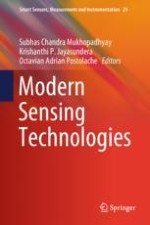
2019 | OriginalPaper | Chapter
Non-invasive Monitoring of Glycogen in Real-Time Using an Electromagnetic Sensor
Authors : Jacob Greene, Badr Abdullah, Jeff Cullen, Olga Korostynska, Julien Louis, Alex Mason
Published in: Modern Sensing Technologies
Publisher: Springer International Publishing
Activate our intelligent search to find suitable subject content or patents.
Select sections of text to find matching patents with Artificial Intelligence. powered by
Select sections of text to find additional relevant content using AI-assisted search. powered by